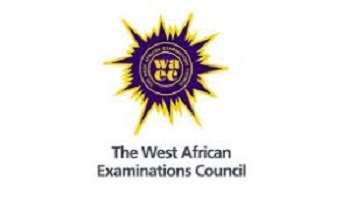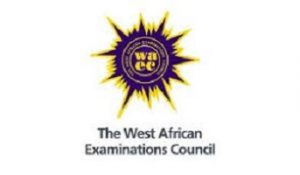Photography Waec Answers 2024
NUMBER 3
(a) Underwater Photography: This branch involves capturing images while submerged in water, often using specialized equipment like underwater cameras, housings, and strobes. Photographers in this field aim to reveal the beauty and mysteries of the ocean, capturing marine life, coral, and other underwater scenes.
(b) Still Life Photography: This branch focuses on capturing images of inanimate objects, such as food, products, or art pieces, in a controlled environment like a studio. Still life photographers aim to create visually appealing and often artistic compositions, using lighting, texture, and composition to bring the objects to life.
(c) Photojournalism: This branch involves documenting news, events, and stories through photographs, often for publication in newspapers, magazines, or online media. Photojournalists aim to capture the truth and essence of a moment, telling a story or conveying a message through their images.
(d) Portraiture in Photography: This branch focuses on capturing images of people, aiming to reveal their personality, character, or mood. Portrait photographers use various techniques like lighting, posing, and composition to create a likeness or representation of the subject, often in a studio or controlled environment.
(e) Architectural Photography: This branch involves capturing images of buildings, structures, and interior spaces, often for commercial or artistic purposes. Architectural photographers aim to showcase the design, form, and functionality of the buildings, using techniques like perspective control, lighting, and composition to create visually striking images.
NUMBER 1
(a) An LCD (Liquid Crystal Display) in a digital camera is a screen that displays the camera’s settings, menus, and most importantly, the images captured.
(b)
I) Reviewing and previewing images
ii) Setting camera menus and options
iii) Displaying camera settings and information (e.g., aperture, shutter speed, ISO).
iv) Framing and composing shots (using the LCD as a live viewfinder)
(c)
i) Scanner (for digitizing prints or negatives)
ii) Keyboard (for entering text and commands)
iii) Mouse (for navigating and selecting options)
iv) Graphics Tablet (for manual image editing and retouching
NUMBER 2
(a) Stop Bath: A stop bath is a chemical solution used in film development to abruptly halt the development process, preventing overdevelopment and fixing the image. It’s typically a weak acid solution, like acetic acid or citric acid, and is used after the developer and before the fixer.
(b) Masking: Masking in photography refers to techniques used to control contrast and balance tones in an image. It involves applying a mask (a physical or digital overlay) to reduce exposure in certain areas, allowing for more even development and printing. Masking can be used to darken skies, reduce highlights, or bring out shadow details.
(c) See-Saw: See-saw, also known as “dodging and burning,” is a darkroom technique used to adjust contrast and exposure in specific areas of a print. It involves alternating between dodging (reducing exposure) and burning (increasing exposure) to achieve a balanced image.
(d) Hime Fog: Hime fog, also known as “new fog,” is a type of fog or haze that appears in developed film or prints, particularly when using certain developers or fixers. It’s characterized by a grayish or bluish tint and can be caused by various factors, including contamination, overdevelopment, or incorrect processing.
(e) Trimmer: A trimmer is a tool used in darkroom printing to trim or cut prints to size, removing excess paper and creating a clean edge. It’s typically a guillotine-style cutter or a rotary trimmer, allowing for precise control and accuracy.
Photography
Number 6b
I) JPEG
ii) TIFF
iii) RAW
PHOTOGRAPHY
NUMBER 6
i) MPEG – Moving Picture Experts Group (a video compression standard)
(ii) ASA – American Standards Association (now known as ISO, referring to film sensitivity)
(iii) ISO – International Organization for Standardization (referring to camera sensor sensitivity)
(iv) DPI – Dots Per Inch (a measure of printing resolution)
(v) MB – Megabyte (a unit of digital storage capacity)
(vi) Pixel – Picture Element (the smallest unit of a digital image)
(vii) DSIR – Digital Single-Lens Reflex (a type of digital camera)
(viii) TLR – Twin Lens Reflex (a type of film camera with two lenses)
(ix) CCD – Charge-Coupled Device (a type of image sensor used in digital cameras)
*PHOTOGRAPHY*
1-10 CBBCDACBCB
11-20 CBDBDCABAB
21-30 DBAACBBAAD

